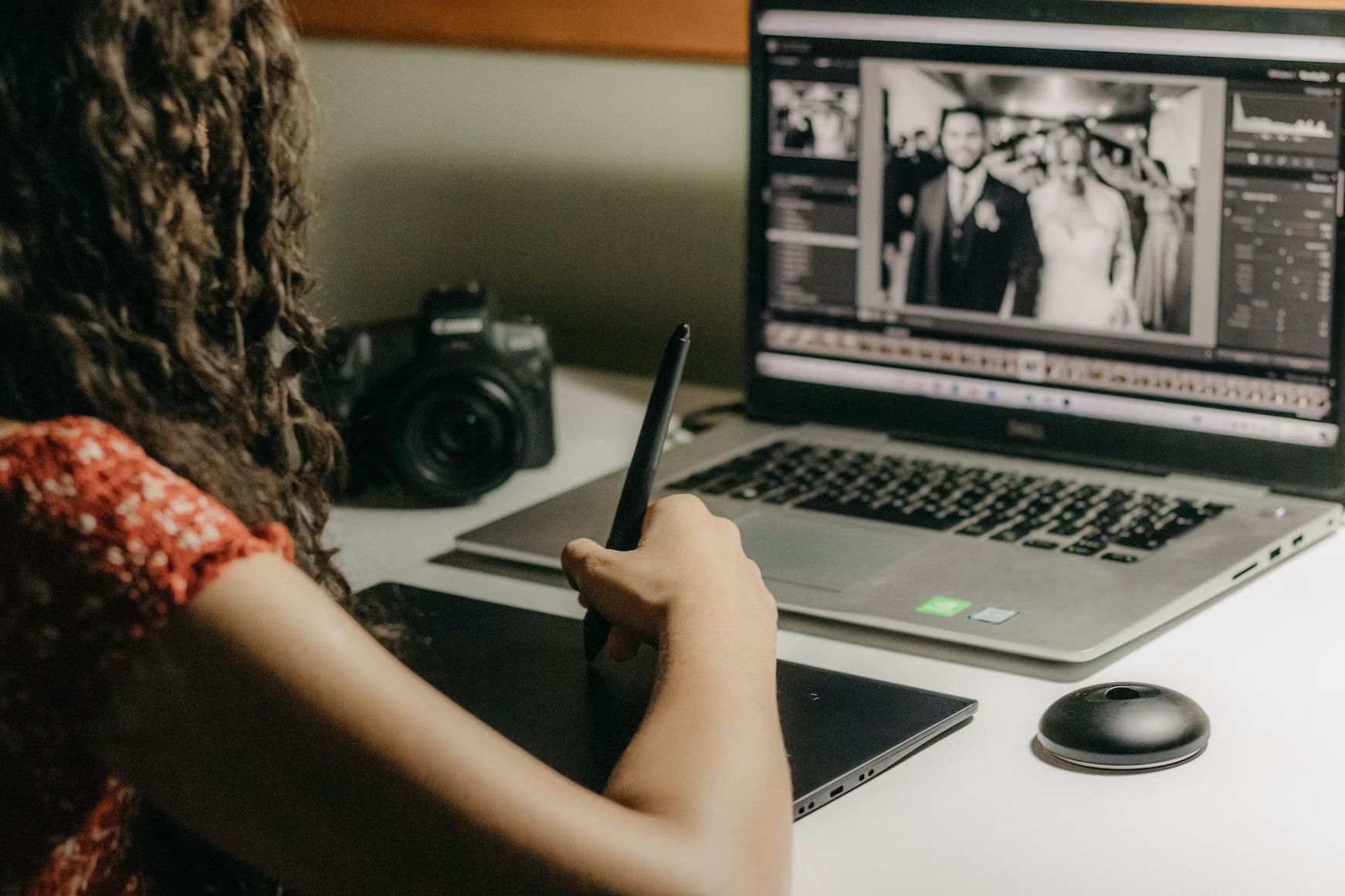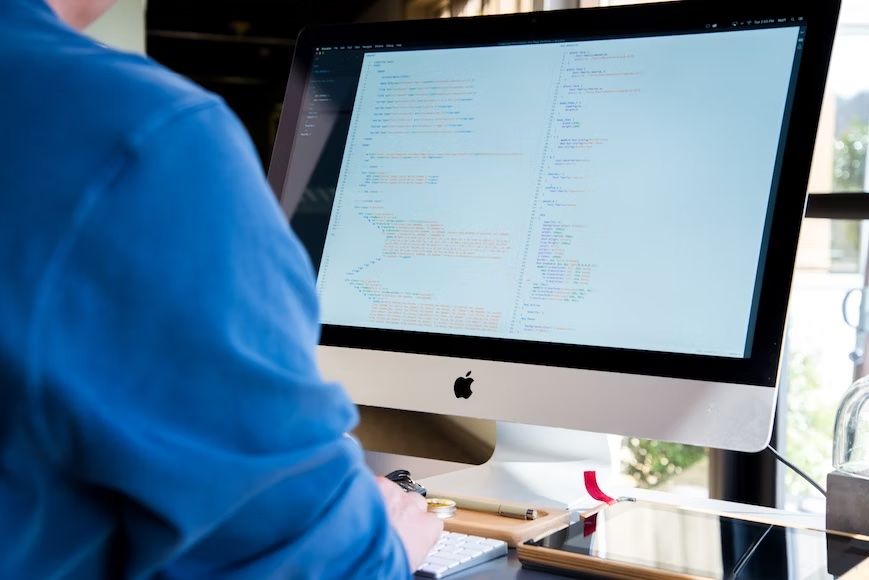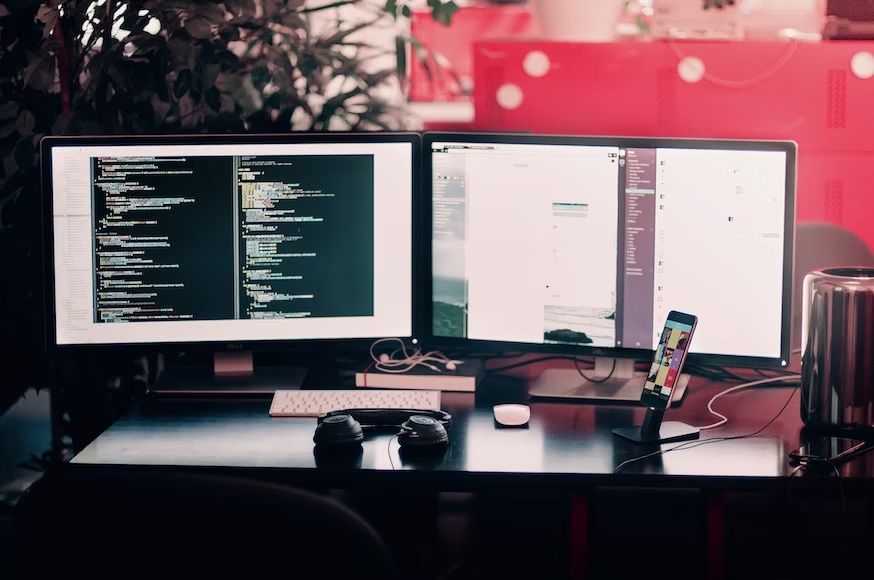How Long Does It Take To Transcribe Interviews?

Transcription is the conversion of spoken language into written text. This practice is commonly used in various industries like law, medicine, and journalism, where interviews, meetings, or seminars are transcribed for purposes of record-keeping, documentation, analysis, or accessibility. Transcription can be categorized into verbatim, which includes all utterances, false starts, fillers, and clean-reads, where these are omitted for a smoother read.
The speed or duration of transcription can be influenced by numerous factors such as the quality of the audio, the clarity of the speechmaker's diction, the transcriber's typing speed, and the level of experience in transcribing. Typically, a professional transcriptionist can transcribe a one-hour audio file in about four hours. However, this can change based on the aforementioned factors.
It's also important to note the two main types of transcription services: manual and automated. Manual transcription involves a human transcriber listening to the audio and typing it out, which can be time-consuming but often results in a more accurate transcript. On the other hand, automatic transcription uses speech recognition technology to transcribe the audio. While automated transcription can be quicker, it may not be as accurate, especially with unclear audio or speech-makers with heavy accents.
Understanding the basics of transcription is essential to estimate the period needed for transcribing interviews. It's not a straightforward conversion, and the period taken can be several times the duration of the audio depending on the complexity of the task. However, with experience and the right tools, the procedure can be made more efficient and accurate. Join us as we help you understand more about this process and now third-party services like HappyScribe are effective here.

Factors affecting the speed of transcription
For people who require transcription services, the turnaround period is a vital factor. That's where the transcription speed comes in. This element can make or mar a transcription service in the eyes of clients and companies. There are a number of factors that can significantly affect the speed of transcription. Below are some of them:
Audio
One of the most crucial aspects is the audio. Poor audio can drastically slow down the transcription as the transcriber may need to listen to the same part several times to accurately capture what is being said. Background noise, low volume, multiple speech-makers talking over each other, or speech-makers with heavy accents can all contribute to poor audio.
The content’s complexity
The complexity of the content can also affect the speed of transcription. If the interview involves highly technical or specialized language, it may take longer for the transcriber to accurately transcribe the content. Similarly, if the speaker is talking very fast or uses a lot of jargon or slang, this can also slow down the transcription.
The expertise of the transcriber
The experience and skill level of the transcriber is another big factor. An experienced transcriber will be able to type faster and more accurately and will be better equipped to deal with challenges such as poor audio or complex content. They may also be able to use transcription software like HappyScribe more effectively, which can speed up the procedure significantly.
The length of the interview
The length of the interview also plays a role. Naturally, a longer interview will take longer to transcribe. However, it's not a simple linear relationship. Fatigue can set in later, causing the transcriber’s speed and correctness to drop. Therefore, frequent breaks might be necessary during the transcription of long interviews, which will extend the overall period required.
Each of these factors can add to the period it takes to get an interview transcription. So, it’s essential to consider these aspects when planning your interview and transcription.

The role of technology in transcription
With the advent of technology, interview transcription has evolved dramatically. Advanced software and digital tools have made it possible to transcribe interviews much faster and more accurately than the traditional manual methods. These technological advances have reshaped the transcription landscape and significantly reduced the transcription period.
In the past, transcription was a laborious procedure that involved listening to the interview recording and manually typing each word. This could take anywhere from four to six hours for an hour of audio, depending on the clarity of the recording and the speed of the typist.
However, modern transcription tools utilize artificial intelligence and machine learning to convert spoken words into written text. This technology can handle multiple speakers, different accents, and even background noise. Some transcription software can transcribe an hour-long interview in just a few minutes, although they usually require a human touch afterward to ensure precision and handle nuances that machines may miss.
In addition, some transcription tools offer features such as automatic time-stamping and speaker identification, which can save additional minutes during transcription. They can also handle various audio formats and offer easy-to-edit transcriptions.
While technology has considerably sped up the transcription, it's worth noting that the correctness largely depends on the standard of the audio. Poor audio with a lot of background noise or overlapping voices can slow down the procedure and impact the correctness of the transcription.
Despite its limitations, technology has undeniably played a pivotal role in reducing the period it takes to transcribe interviews. It has made transcription services more accessible and affordable, enabling researchers, journalists, and businesses to save valuable periods and resources.

Average time required for transcribing interviews
The average period required for transcribing interviews can vary greatly depending on several factors such as the quality of the recording, the speed and clarity of speech, the number of speakers, and the level of detail required in the transcription. However, as a general rule of thumb, professional transcription services often use a 4:1 ratio. This means that for every hour of a recorded interview, it will take approximately four hours to transcribe. This is a conservative estimate and can extend up to a 6:1 or even 8:1 ratio for complex transcriptions.
It's important to note that this estimate assumes the transcriber is a professional who is familiar with the process and has the necessary equipment and skills to perform the task efficiently. For someone who is less experienced or lacks the proper tools, the period required could be significantly higher.
It's also worth noting that these estimates cover the period required to transcribe the audio only. They do not account for the minute needed to proofread and edit the transcription for precision and coherence. This additional process can add another 25-50% to the total period required, depending on the quality of the initial transcription and the level of detail required in the final product.
Transcribing interviews is a time-consuming task, but it's an essential process in qualitative research, journalism, and many other fields. Understanding the average period required can help in planning and scheduling the work effectively. And remember, if you're faced with a tight deadline or a large volume of interviews to transcribe, professional transcription services like HappyScribe can be a lifesaver. They can deliver high-quality transcriptions in a fraction of the period it would take to do it manually.

Tips to speed up the transcription process
Transcribing interviews can be a time-consuming process, but there are several strategies you can use to speed up the process. Here are some you should know about below:
Ensure clarity
One of the most effective ways to save period is to ensure that your audio recording is as clear as possible. This means minimizing background noise during the interview and using a high-quality recording device. The clearer the audio, the easier and faster you will be able to transcribe the content.
Using third-party transcription services
The use of transcription software or services can also significantly speed up the transcription process. These tools use artificial intelligence to convert audio to text and can be a great period saver, especially for longer interviews. Some options include Trint, Temi, Rev, or HappyScribe, among others. Most of these services do charge a fee, but the period saved can be worth the cost.
HappyScribe's AI transcription system enhances the readability, directions, and referencing of transcripts by incorporating chapters, particularly for lengthier recordings. In order to create structured, user-friendly documents from lengthy transcripts, a streamlined process is used, which boosts efficiency and effectiveness across a variety of sectors, including media, academia, and content creation.
Learn keyboard shortcuts
Another helpful tip is to familiarize yourself with keyboard shortcuts if you’re transcribing manually. This can significantly speed up your typing process. For instance, using the F4 key in Microsoft Word allows you to repeat your last action. This can be helpful for transcribing commonly repeated phrases or words.
Hire an experienced transcription service
Finally, consider hiring a professional transcription service like HappyScribe if you have a large volume of interviews to transcribe, especially if they're on a tight deadline. HappyScribe's cutting-edge transcription and subtitling service comes into play as the perfect answer for transcription, subtitling, and translation.
By offering both human and AI transcription choices, services like HappyScribe employ skilled transcribers who can transcribe your interviews quickly and accurately. Despite the associated costs, this option can save you valuable period and ensure a high-quality transcription.
By following these tips, you'll be able to speed up your transcription process and get more done in less period. Remember that the goal is not just speed, but also correctness. Implementing these strategies can help you achieve both.
Get an interview transcription in seconds with HappyScribe
Transcribing interviews may seem a long process, but with HappyScribe, you get the expected outcome within the shortest time possible. Our transcription takes are available in two forms: human and AI. Depending on how urgent you need these transcriptions, the AI provides faster transcription with maximum correctness.
Our human transcription can take slightly longer than the AI, but you can expect the same accuracy. Interestingly, this can take place within a few minutes. HappyScribe makes these services available at pocket-friendly prices, whether they are audio, text, or in any other formats. Interview transcription is also available in multiple languages, including English, German, French, Spanish, and more.
HappyScribe transforms audio recordings into written transcripts using cutting-edge speech-to-text technology. With HappyScribe, you don’t have to worry about accuracy as these transcriptions are typically without mistakes. However, in cases when the audio quality is poor or there is a lot of slang, technical terms, or an accent, a small amount of editing may be required.
Frequently Asked Questions
Is it necessary to transcribe interviews?
Absolutely! Interview transcription ensures accuracy in reporting and makes it easier to find story connections between interviewees. Our brain fills in the gaps when it can't hear what an interviewee said, but those words may not be accurate. And skimming and scanning the written words is much faster than streaming hours of audio, making story connections jump off the page.
How can I improve the accuracy when I transcribe interviews to text?
To get the highest possible accuracy rate when you transcribe interviews to text you need to upload a high-quality audio file. To obtain a high-quality audio file, it is advised that you maintain a consistent recording environment, avoid background noise, use quality microphones, and ensure that speakers talk directly into the microphone and avoid talking over one another.
How accurate are HappyScribe transcription services?
Ongoing technological advances continue to improve the accuracy rate of automatic transcription. Depending on the audio quality, speaker accents, and technical jargon, our automatic transcription software can achieve up to 85% accuracy. And with the help of our professional transcribers, your transcripts can be 99% accurate.
What is an interview transcription?
An interview transcription is a written record of a spoken interview, converting video or audio into text.
Transcriptions can vary: verbatim transcription (captures every word and it is usually done with automatic transcription), edited transcription (without fillers, small talk...) and summary transcription (no word-for-word accuracy needed). Software like HappyScribe allows companies, journalists, researchers and HR specialists to find the type of transcription that better suits their needs.
Can AI transcribe an interview?
Yes, AI can produce interview transcriptions. Different softwares transcribe audio and video to text, using automatic speech recognition (ASR) to convert spoken words into written text. The main aspects to keep in mind when choosing an AI transcription software are: accuracy, speed, languages, integrations with other tools and cost.
How to automatically transcribe an interview?
Transcribing an interview using automatic AI-powered tools is easy. You just need to upload your interview file to an AI-based software for interview transcription, like HappyScribe. HappyScribe and other transcription tools support common audio and video formats like mp3, wav, mp4, m4a and many others. Then, you just need to click on automatic transcription and wait for a few minutes to get your interview transcription. The process may need more time for longer files.

André Bastié
Hello! I'm André Bastié, the passionate CEO of HappyScribe, a leading transcription service provider that has revolutionized the way people access and interact with audio and video content. My commitment to developing innovative technology and user-friendly solutions has made HappyScribe a trusted partner for transcription and subtitling needs.
With extensive experience in the field, I've dedicated myself to creating a platform that is accurate, efficient, and accessible for a wide range of users. By incorporating artificial intelligence and natural language processing, I've developed a platform that delivers exceptional transcription accuracy while remaining cost-effective and time-efficient.